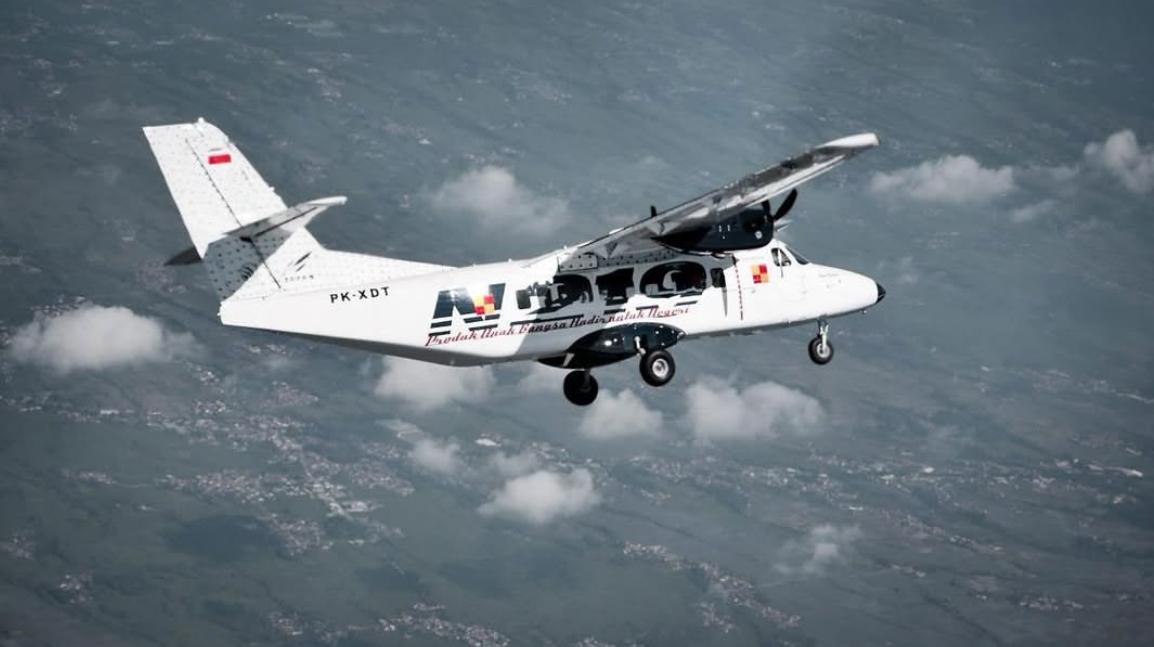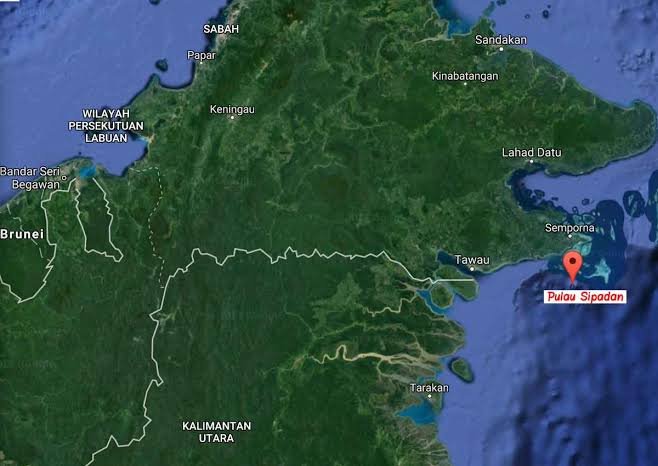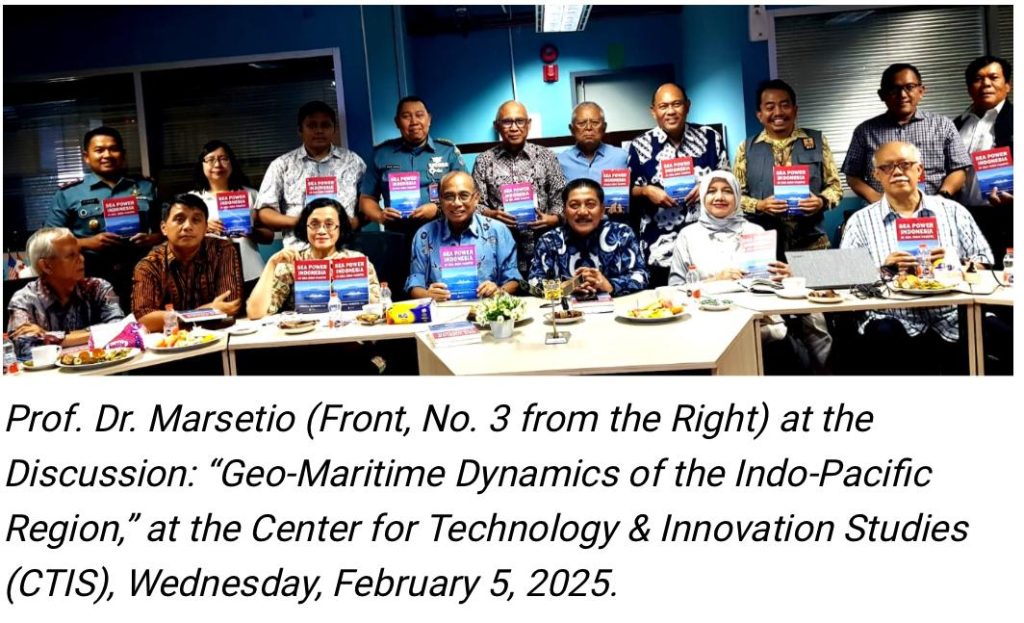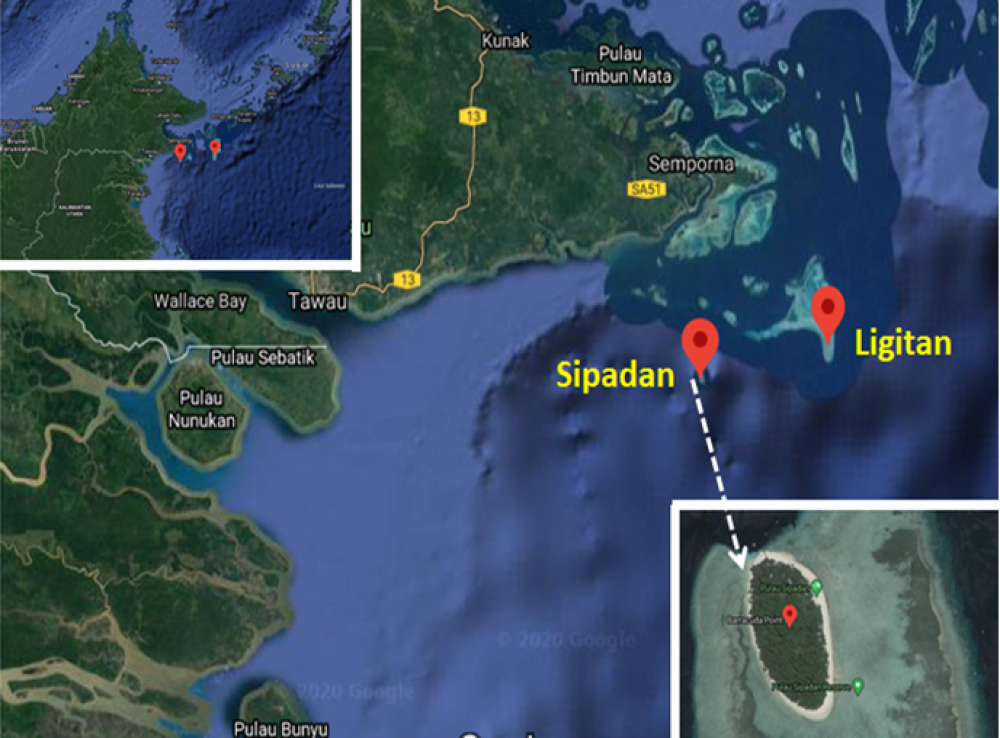The National Development Planning Agency (Bappenas) has launched a roadmap for the development of the national aerospace industry with the vision: “A Resilient and Competitive Aerospace Industry Towards Golden Indonesia 2045.” One of the four pillars of the aerospace industry ecosystem is the development of the aircraft manufacturing industry, with three main targets: producing turboprop aircraft with a capacity of fewer than 100 passengers, manufacturing unmanned aerial vehicles (UAVs) for cargo transportation, and becoming a leading producer of flight simulators.
According to the Bappenas roadmap, the mission in developing the aircraft manufacturing industry is: “Strengthening the aircraft industry, components, and aerospace supply chain.” The next step is to implement the National Aerospace Industry Development Roadmap, which was launched in 2023.
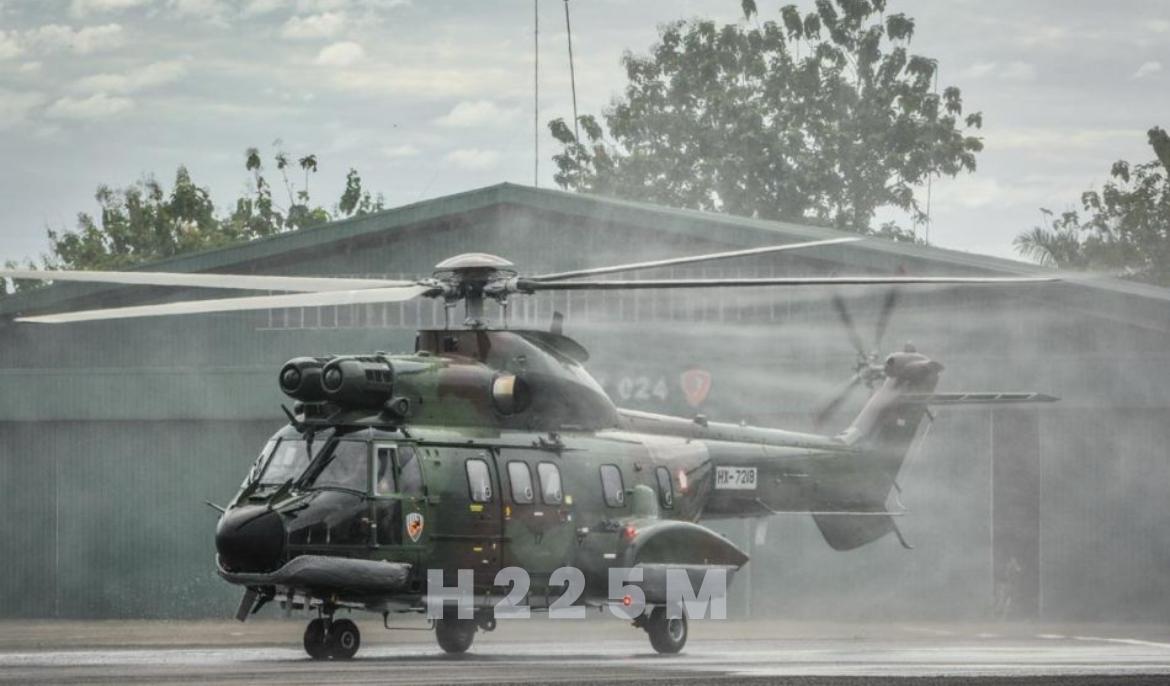
The Center for Technology & Innovation Studies (CTIS) recently organized a discussion on the development of Indonesia’s aerospace industry, featuring Ir. Agung Nugroho, a former aircraft designer at PT Dirgantara Indonesia and currently the founder and CEO of PT Aviasi Indonesia Maju. The discussion was moderated by Professor Anton Adibroto, Chairman-I of CTIS and a Professor of Aerospace Engineering at the University of Malaysia – Kelantan (UMK).
Agung Nugroho began his presentation by outlining the history of Indonesia’s aviation industry since the country’s independence. He highlighted how, at that time, technicians from the People’s Security Army – Air Force (TKR – Udara) successfully repaired and flew former Japanese Air Force aircraft. Notably, on July 29, 1947, Indonesia successfully conducted an aerial bombing operation targeting Semarang, Ambarawa, and Salatiga.
By 1950, aircraft repair and testing operations were moved to Andir Air Base in Bandung. Subsequently, the Bandung Institute of Technology (ITB) established its Aeronautical Engineering Department in 1960. In the 1970s, the Nurtanio Aviation Industry Institute (LIPNUR) was founded at Andir Air Base, later renamed Husein Sastranegara Air Base. This marked the beginning of modern aircraft manufacturing in Indonesia with the establishment of PT Industri Pesawat Terbang Nurtanio (IPTN), which produced aircraft such as NC-212, CN-235, N-250, C-295, and assembled helicopters like NBO-105, AS-332 Super Puma, Bell-412, and Cougar, in collaboration with France.
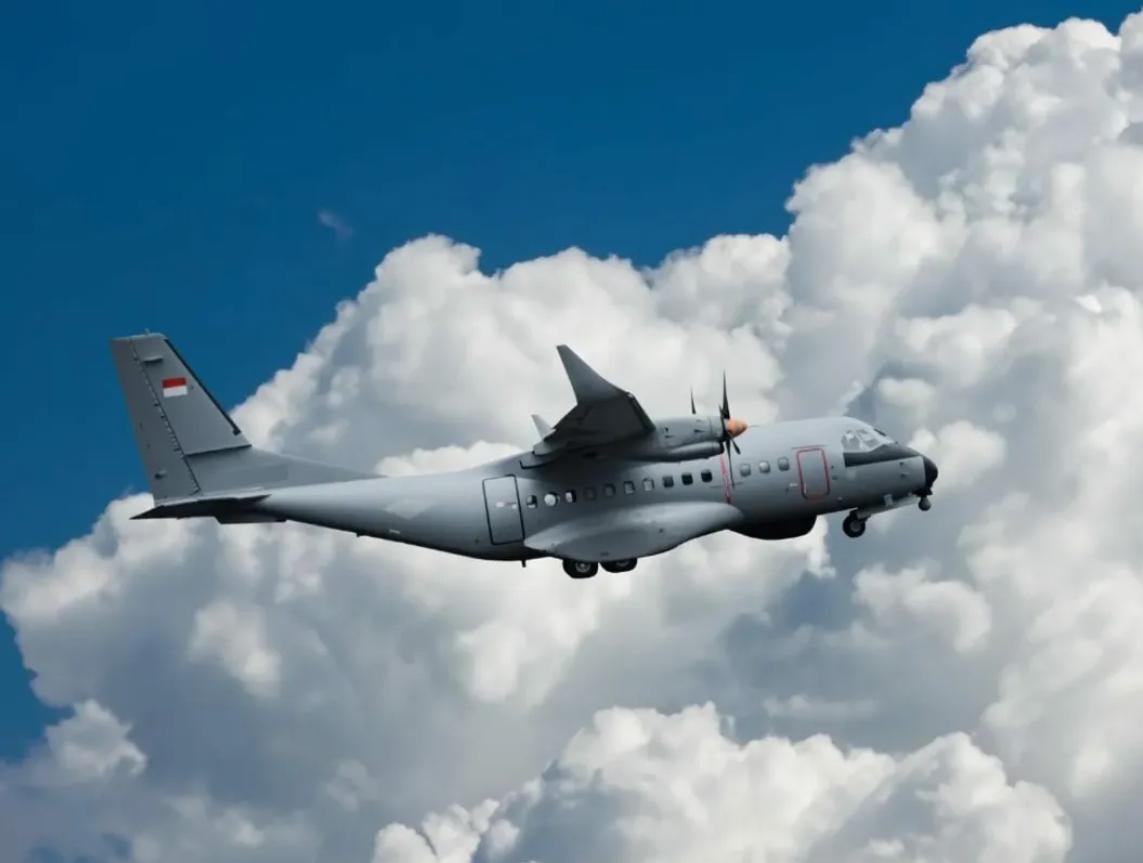
Agung Nugroho explained that despite domestic political challenges, PT IPTN, later renamed PT Dirgantara Indonesia (PT DI), continued to innovate by developing the N-219 “Nurtanio” aircraft and manufacturing components for the F-16 fighter jet ordered by General Dynamics (USA) and Airbus (France).
As the world’s largest archipelagic country, Indonesia must have a strong aircraft and shipbuilding industry to support inter-island transportation. Data from the International Air Transport Association (IATA) projects that by 2036, Indonesia will rank 4th globally in aircraft demand, following China, the United States, and India.
Agung emphasized that Indonesia’s aerospace industry development from 1970 to 2000 provides a solid foundation for future growth. The country already possesses expertise in design, development, system integration, and aircraft certification. The key challenge now is to continue national strategic aircraft programs, optimize existing industrial infrastructure, and enhance capabilities continuously—starting with fulfilling domestic demand before entering the international market.
Additionally, research, innovation, and human resource development must be accelerated to support aerospace industry growth. Agung also highlighted the importance of government commitment and national leadership in fostering a sustainable aerospace industry ecosystem. He concluded by mentioning that the soon-to-be-established financial institution Danantara will provide a much-needed boost for long-term strategic industries in Indonesia, particularly in aircraft manufacturing.
source: https://environews.asia/national-aerospace-industry-towards-golden-indonesia-2045/

